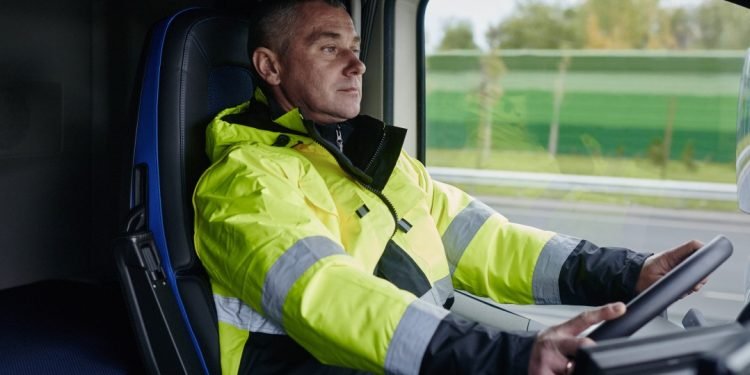The European trucking sector is facing a dual challenge: a severe shortage of drivers and rising operational costs. Industry estimates indicate that there is a shortage of more than 400,000 truck drivers across Europe, with countries like Germany, Poland, and the UK being hit particularly hard. This shortage has been exacerbated by an aging workforce, restrictive working-hour regulations, and the impact of Brexit, which has disrupted labor flows across the continent.
As a result, trucking companies are being forced to raise wages and offer better incentives to attract and retain drivers, contributing to higher operating costs. Additionally, rising fuel prices and inflation have further squeezed profit margins. To offset these challenges, some trucking companies are turning to technology, investing in autonomous vehicles and electric trucks to reduce dependency on human drivers and lower fuel costs.
The driver shortage is also pushing logistics companies to reconsider their supply chains and look for alternative transport methods, including rail and multimodal solutions. However, until automation becomes a widespread reality, the trucking industry will likely continue to face significant headwinds in meeting demand efficiently and affordably.























